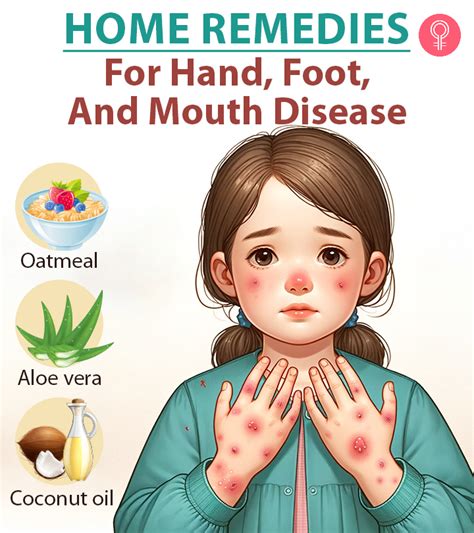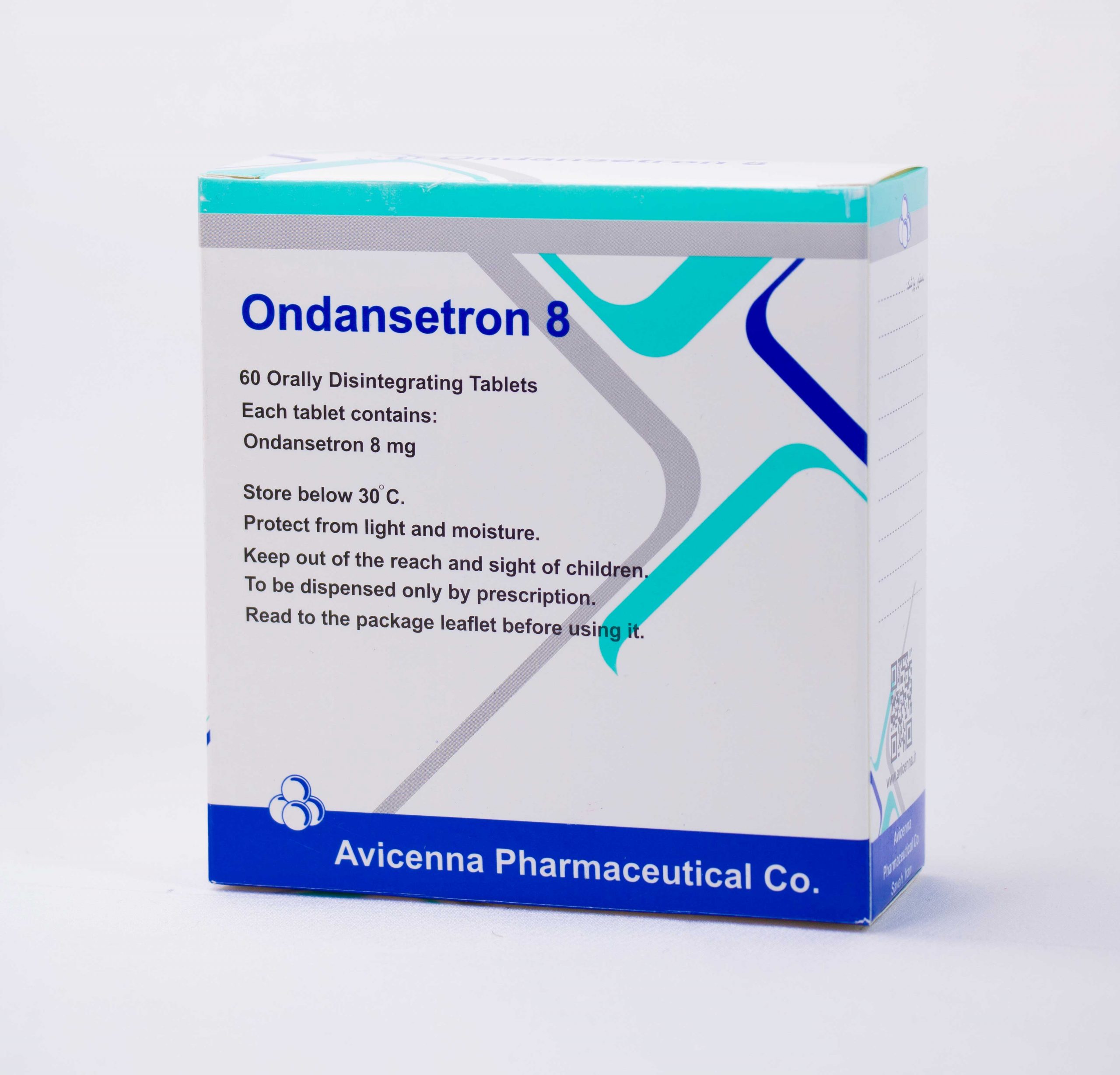Hand, Foot, and Mouth Disease (HFMD) is a common viral illness that primarily affects infants and children under the age of 5, but it can also occur in adults. The disease is characterized by the appearance of flat, discolored spots or sores on the hands, feet, and mouth, along with fever, irritability, and loss of appetite.
Causes and Transmission: HFMD is typically caused by the Coxsackievirus A or Enterovirus 71, which are highly contagious viruses that can spread through:
- Direct contact with an infected person’s saliva, mucus, or feces
- Contaminated surfaces, toys, or objects
- The air when an infected person coughs or sneezes
- Contaminated food and water
Symptoms: The symptoms of HFMD usually develop within 3-5 days after exposure to the virus and can include:
- Flat, discolored spots or sores on the hands, feet, and mouth
- Fever, which can range from mild to high
- Irritability and restlessness
- Loss of appetite
- Sore throat
- Coughing
Quick Remedies: While there is no specific treatment for HFMD, there are several remedies that can help alleviate the symptoms and make the patient more comfortable:
- Stay Hydrated: Encourage the patient to drink plenty of fluids, such as water, clear broth, or electrolyte-rich beverages like coconut water or sports drinks.
- Over-the-Counter Pain Relievers: Use acetaminophen (Tylenol) or ibuprofen (Advil, Motrin) to help reduce fever and alleviate pain.
- Salt Water Mouthwash: Mix 1⁄4 teaspoon of salt with 8 ounces of warm water and have the patient swish the solution around their mouth to help soothe the sores.
- Topical Creams: Apply a topical cream or ointment, such as lidocaine or benzocaine, to the sores to help numb the area and reduce discomfort.
- Cold Compress: Apply a cold, damp washcloth to the affected areas to help reduce fever and alleviate discomfort.
- Rest and Relaxation: Encourage the patient to get plenty of rest and avoid strenuous activities to help their body recover from the illness.
- Practice Good Hygiene: Wash hands frequently, especially after changing diapers, before preparing food, and after using the bathroom to prevent the spread of the virus.
Prevention: To reduce the risk of contracting HFMD, practice good hygiene, such as:
- Washing hands frequently with soap and water
- Avoiding close contact with anyone who has the illness
- Keeping surfaces and toys clean and disinfected
- Avoiding sharing food, drinks, or utensils
When to Seek Medical Attention: If you or your child experiences any of the following symptoms, seek medical attention immediately:
- Difficulty breathing
- Severe dehydration
- High fever that lasts for more than 3 days
- Widespread rash or sores
- Severe headache or stiff neck
- Vomiting or diarrhea that lasts for more than 2 days
It’s essential to consult with a healthcare professional for proper diagnosis and treatment. They may prescribe antiviral medication or provide guidance on how to manage the symptoms and prevent the spread of the disease.
Is Hand, Foot, and Mouth Disease contagious?
+Yes, Hand, Foot, and Mouth Disease is highly contagious and can spread through direct contact with an infected person’s saliva, mucus, or feces, as well as through contaminated surfaces and objects.
How long does it take to recover from Hand, Foot, and Mouth Disease?
+Most people recover from Hand, Foot, and Mouth Disease within 7-10 days, but it may take up to 2 weeks for the symptoms to completely resolve.
Can adults get Hand, Foot, and Mouth Disease?
+Yes, adults can get Hand, Foot, and Mouth Disease, although it is more common in children. Adults may experience milder symptoms, but it’s essential to practice good hygiene and seek medical attention if symptoms persist or worsen.
Related Terms:
- hand, foot mouth recovery signs



